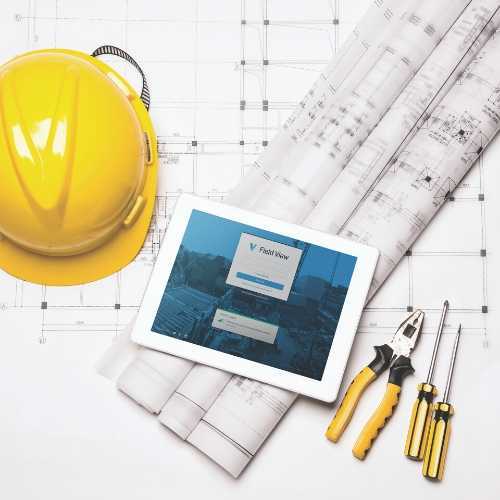Darren Graham, marketing manager at Viewpoint, explores the Get It Right Initiative (GIRI) and what it means for your construction business
Over the past few years, a number of high-profile building-related accidents and tragedies across the globe have put both construction safety and building quality under the microscope. In the UK, for instance, one has to look no further than the deadly 2017 Grenfell Tower fire in London, where substandard building materials combined with failures of fire prevention systems were blamed for the fire’s quick spread.
Yet, even before that tragic incident, the construction industry has been on a mission to improve the way it builds — not just from a productivity and profitability standpoint, but from a quality perspective as well. A group of UK-based construction companies and clients is on the leading edge of this mission, having created the Get It Right Initiative back in 2017.
What is GIRI?
Simply put, the Get It Right Initiative, or GIRI, is a group of UK construction industry experts, organisations and businesses actively improving productivity and quality in the construction sector by eliminating error. The initiative was born from discussions at the Institution of Civil Engineers Best Practice Panel, and the resulting non-profit membership organisation created a multi-disciplinary approach to tackling construction and design-related errors that affect quality.
The GIRI has compiled significant industry research and issued a number of reports in recent years. It notes that construction errors cost the UK industry billions of pounds each year. In a study group of 17 major construction organisations, GIRI found that direct costs of avoidable errors are in the order of 5% of project value. This is higher than average profit levels across the industry and equates to approximately £5bn per annum across the sector in the UK. However, when other factors were included, such as unrecorded process waste (6%), indirect costs (7%) and latent defects (3%), as much as 21% of project costs are wasted.
GIRI members, which include clients, consultants, contractors, regulators, educators, professional institutions and trade organisations, want to change that and are all working together to:
- Change the attitudes of those involved in the sector so that they care about and focus on reducing the number of errors and improving the quality in what they do
- Improve the knowledge across the sector so that all involved properly understand the ways that design and construction processes can be disrupted and how this can and often does lead to error and waste
- Improve decision making and planning skills across the sector so that all involved are able to react and adjust to unavoidable process disruption.
This initiative has received significant support and backing from the UK’s Construction Industry Training Board (CITB), an organisation dedicated to ensuring the construction workforce has the right skills for both today and the future. The CITB funded three projects, which investigated where productivity improvements can be made during the construction process.
A collaborative approach to improving project quality
The three projects, costing around £500,000, worked together to identify and change behaviours at key points in the construction process. The goal was to reduce errors, defects and rework during construction work. Each project led to the development of specialist training modules which were piloted with supply chains before being made available for the whole sector to implement. These courses have now been adapted so that they can be delivered remotely as well as face-to-face, to address current Covid restrictions.
Gaining a tech edge
Of course, one of the best ways to improve construction processes and project quality is to leverage modern technologies that streamline massive amounts of valuable construction data, allowing contractors to easily track processes and make actionable decisions in real time.
Digitising paper forms and automating workflows through integrated construction management software platforms, for instance, ensures important records are available and current. This creates clear visibility into projects and promotes better oversight for quality control.
With solutions like Viewpoint’s Field View and Viewpoint for Projects, for instance, 90% of clients are able to reduce construction errors and costly rework by at least 20%. These solutions leverage the cloud to provide online forms to collect data and easily route them to the right people. From quality and safety inspections to snag lists and handover documents, these solutions replace cumbersome paper, spreadsheets, emails and other manual processes with automated workflows.
Contractors can better manage their complete supply chains by gaining oversight over all projects, which subcontractors or teams have the most outstanding tasks, identify reoccurring issues or challenges and more. This ensures projects are completed on time, and that quality control is second to none.
Read how several Viewpoint customers have reduced their costs caused by poor quality here, or to learn more about GIRI, visit, www.getitright.uk.com.
Darren Graham
Marketing director
Twitter: @viewpointcsuk
LinkedIn: Viewpoint UK

















